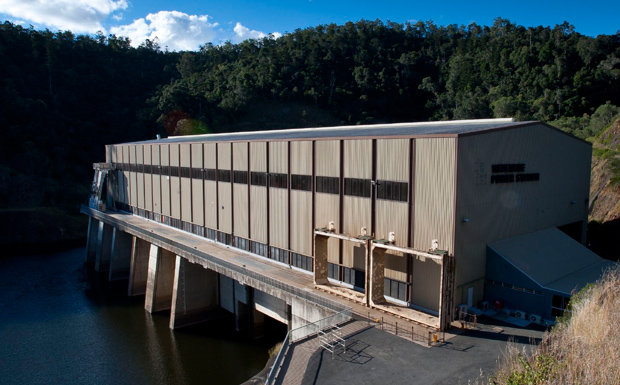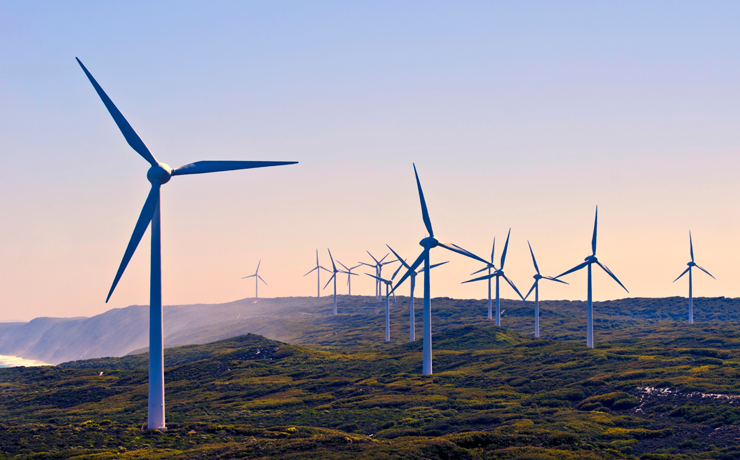
June 8, 2021
The development of a pumped hydro power station at Borumba Dam, north-east of Jimna, has moved a step closer.
The State Government announced on Tuesday it would spend $22 million to develop a detailed design and cost analysis of the project.
The plan is to develop a one gigawatt power station which would have double the generation potential and triple the energy storage of the existing pumped hydro station at Wivenhoe Dam.
Pumped hydro balances the electricity network, using power generated from other sources, including solar and wind farms, and “storing” it for later use.
Unneeded power in the grid pumps water to a higher elevation; when electricity is needed, the water is released and runs through turbines to generate electricity.
Premier Annastacia Palaszczuk said Borumba Dam had the potential to become the State’s largest pumped hydro station, powering an estimated 1.5 million homes.
“More pumped hydro means more long-term, reliable energy and jobs for Queenslanders,” the Premier said.
“My government has been exploring potential sites for pumped hydro since 2017.
“We’re prioritising Borumba because of its existing dam infrastructure, land access and location within the Southern Queensland Renewable Energy Zone.
“It will deliver clean energy and support thousands of jobs into the future.”
Powerlink – a State Government-owned corporation – will undertake the business case, which is expected to take up to 24 months and include consultation with a range of stakeholders, including Seqwater, the Department of Environment and Science, councils, the local community, environmental groups and Traditional Owners.
Treasurer Cameron Dick said the business case would include detailed engineering and design, hydrological modelling and geological testing.
“We’re investing $22 million to potentially unlock a multi-billion-dollar construction project that would leverage billions more in clean energy investment and support thousands of jobs,” the Treasurer said.
“This is an investment in jobs and renewable power that can be used at any time of the day to feed Queensland consumers and Queensland industry.”
Energy Minister Mick de Brenni said the benefits of having pumped hydro as part of a diversified energy mix was proven last month when Callide Power Station went offline.
“We were able to ramp up the Wivenhoe Hydroelectric Station to provide critical generation support and stabilise the network,” he said.
“Pumped hydro storage is flexible, reliable, and complements renewable energy generation such as solar and wind.
“That’s why Queensland needs more of it as we progress to 50 per cent renewables by 2030.
“Borumba Dam is already a hub of activity with water skiing, camping, barbecues and picnics on the lake front and this possible expansion will see that grow.”
Mr de Brenni said if Borumba moved ahead, the Federal Government should contribute to the capital cost.
“We’re talking about nation building infrastructure,” he said.
“Every other State has had energy projects built by the Commonwealth – Queenslanders deserve their share.”
* * *

The State Government’s announcement that it is exploring a pumped hydro future for Borumba Dam coincides with the release by the CSIRO of the latest GenCost report.
Every year the CSIRO and the Australian Energy Market Operator (AEMO) consult with industry stakeholders to estimate the cost to generate electricity for new power plants in Australia.
The 2020-21 report, released on Tuesday, has found that solar and wind continue to be the cheapest sources of new electricity generation capacity.
A CSIRO spokesperson said this year’s report used a new, more accurate approach for analysing the cost of renewables to include “integration” costs such as storage and new transmission infrastructure.
However, it still found solar and wind continue to be the cheapest sources of new-build electricity generation.
The report also concluded that:
- Battery costs fell the most in 2020-21 compared to any other generation or storage technology and are projected to continue to fall. Lower battery storage costs underpin the long-term competitiveness of renewables.
- Pumped hydro is also important and is more competitive when longer durations of storage (above eight hours) are required.
The report included hydrogen electrolysers for the first time and found hydrogen was following a similar trajectory to more established renewables.
With increased interest in global deployment, and many demonstration projects worldwide, substantial cost reductions in hydrogen technologies were expected over the next decades.
- The full report is available online (2.2Mb PDF)
* * *
The Federal Government announced last month it would spend up to $600 million building a new gas-fired power station in Kurri Kurri in the NSW Hunter Valley.
The government says construction of the 660MW open cycle gas turbine will create 600 jobs at the peak of its construction phase and provide reliable and affordable energy for NSW.























